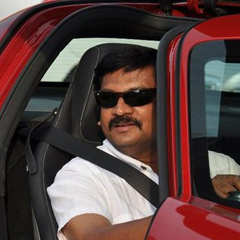The simple yet beautiful 'car dreams' of Ratan Tata

Mail This Article
It was a rainy morning when I arrived at Tata Motors' Lake House guest house in Pune. The trip was in connection with a test drive, but the atmosphere there caught me by surprise. Much like the unexpected downpour that drenched an otherwise dry September, the guest house was refreshingly unpretentious.
It felt like a well-kept government guest house, minimalistic and humble, reminiscent of the Travellers' and Inspection Bungalows from the sixties. The furniture was modest, just a notch above a typical middle-class living room, with cane chairs, simple sofas, and a couple of bookshelves lining the walls.
The staff, all dressed in clean, crisp, pearl-white uniforms, moved quietly in the background. They were all part of Chairman Ratan Tata’s personal team.
Room No. 1
The Lake House is the epitome of simplicity and grandeur combined. Sprawled across acres of lush land, it sits directly opposite Tata Motors’ main manufacturing facility in Pune. The estate is a peaceful haven, with a variety of trees casting their shade over the winding tarred roads. An artificial lake, a helipad, and the glass-panelled Lake House blend harmoniously into the landscape.
Primarily used to host VIP guests and hold significant meetings, the Lake House offers a breathtaking view of the serene lake under a canopy of trees. Being there feels almost like stepping into a quiet corner of Europe.
Among the six guest rooms with views of the lake, Room No. 1 belongs to Ratan Tata himself. Once a month, he stays at the Lake House with his beloved dogs.
It’s in moments like these that we realise how remarkably simple the personal lives of the world’s richest men can be. Could this very simplicity and practicality be what we find in every vehicle bearing the Tata logo? It’s hard not to believe so. After all, that’s how the history of automobiles unfolded, and Tata’s role in this evolution is significantly larger.
From Sanjay to Ratan
Sanjay Gandhi was the first to envision a car for the common man in India, working to bring the dream of an affordable, low-maintenance vehicle to life. His efforts laid the groundwork for what would become the iconic Maruti, India’s first popular car. Suzuki, a small car manufacturer largely unnoticed by the world, partnered with this vision, and it gradually grew together with the ever-growing car dreams of the Indians. When the Maruti was launched in 1983, it was born in a market dominated by Ambassadors and Fiats. Initially, this Japanese baby wasn’t an instant hit, but over time, it became the vehicle that helped millions of Indians fulfil the dream of owning a car.
While Maruti has the distinction of being the first Indian car to offer a range of modern features and to popularise cars, Tata Motors holds the honour of producing the first car truly made in India. And that car wasn’t the Nano, but Tata Indica.

Launched just before the turn of the century, the Indica borrowed cutting-edge technologies worldwide, with Italian designers playing a key role in its creation. Despite its significance, Indica’s contribution to the Indian automobile industry remains underappreciated by many.
If it wasn’t for Indica...
The Indica set the benchmark for car manufacturing in India. Its spacious design, straightforward technology, low running costs, and affordability made it a game-changer. Following its success, even industry giants took notice and followed the model. Despite all its flaws and imperfections, that was how the Indica became a true Indian car.
If the Indica hadn’t arrived on the scene, we would be paying at least Rs 20 lakh for cars the size of the Maruti 800 even today. Foreign monopolists would have continued to dominate the market, leveraging their old trick: selling subpar products at inflated prices in the absence of real competition. But kudos to Tata for exposing this scheme and paving the way for hundreds of new cars and models to be born right here in India.
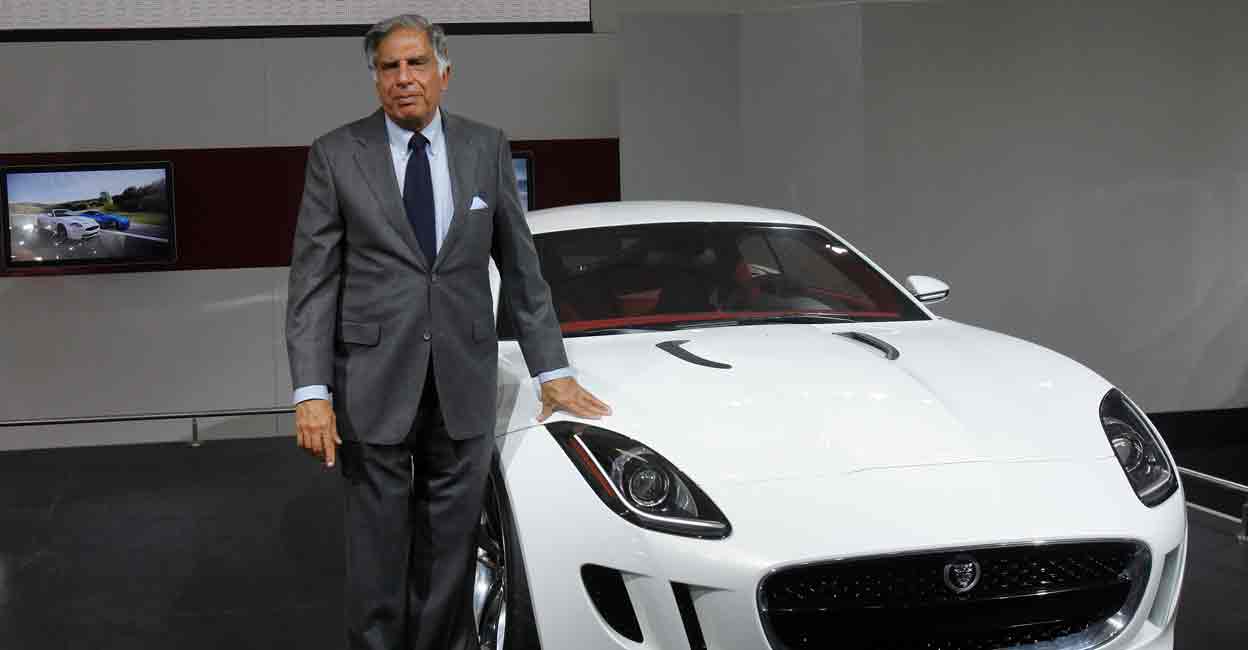
The Kohinoor diamond named Ratan
It was January 15, 1998, at Pragati Maidan, New Delhi. As the afternoon sun began to melt away the fog and bitter cold, all eyes turned to Stall No. 11. It was the largest stall in the history of the Auto Expo, and the place was packed so tightly that there was barely room to move. A lineup of eminent individuals and industry titans -- Industries Minister Murasoli Maran, Anand Mahindra, Rahul Bajaj, CK Birla, Hyundai President BVR Subru, and Maruti MD Bhaskarudu, sat on the front row watched closely. It was a moment poised to make history.
Ratan Tata, later hailed as the "Kohinoor diamond" of Indian industry, took centre stage immediately after a dazzling performance by dancers from the former Soviet republics and billowing smoke effects. In just moments, the Tata Indica—a gleaming dark blue metallic beauty— was driven onto the stage. This was India’s first fully developed and manufactured car, a true Pride of India.
Years later, as I read Ratan Tata’s Instagram post commemorating 25 years of the Indica, the memories of that moment flooded my mind. Despite witnessing countless vehicle launches before and since, this one remains unforgettable.
Nano hits the headlines
In its 136-year history, Malayala Manorama has featured only one car launch as its major headline—the launch of the Tata Nano at the New Delhi Auto Expo. This groundbreaking event was not just front-page news for Manorama; it dominated headlines in newspapers across India and beyond, becoming a hot topic for television channels as well.
“Not even a single nut that is unnecessary.” This advice from Chairman Ratan Tata to the small team behind the Nano encapsulates one of the core values of Tata Motors, now a global leader in the automotive industry. Every vehicle in the Tata lineup, from the Nano to the Curvv, is built on this principle.
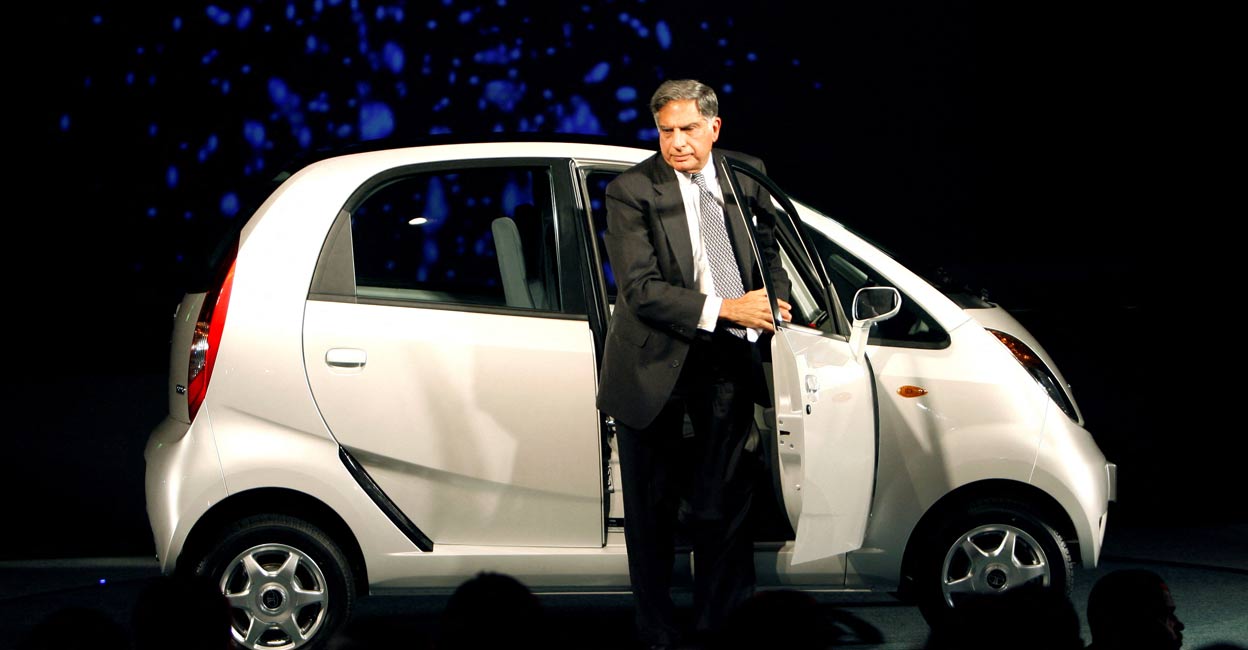
Nano exemplified this philosophy, demonstrating that a wheel can be secured with just three nuts instead of four, that seats can be designed with simplicity in mind, and that remarkable efficiency can be achieved with a two-cylinder engine.
Lakhs and lakhs followed
Yes. The world has witnessed even smaller cars. In fact, it was the nano-sized K cars that formed the foundation of Japan's automotive industry. However, Tata has demonstrated that producing a car at such a low price point was possible. That is why the story of the Nano continues to be told, even after its discontinuation.
While the Nano is widely labelled as a failure, I, as an automotive journalist, view it as a success for several reasons.
The Nano is truly a wonder of the century—a small car that seamlessly blends into the crowd yet manages to stand out. Its compact size allows it to fit into the tiniest corners and easily bend, rotate, and manoeuvre. With just a gentle push, it accelerates like an arrow.
Designed for those upgrading from bikes to cars and for individuals who choose a Mercedes as their first vehicle, the Nano appealed to college students and homemakers alike. With a remarkable 23 kmpl mileage, it is 8 per cent shorter than the Maruti 800, yet 21 per cent more interior space. Its charm rivals iconic cars like the Fiat 500 or the Beetle, and there’s no other car like the Nano in the world. This uniqueness is what makes the Nano a success.
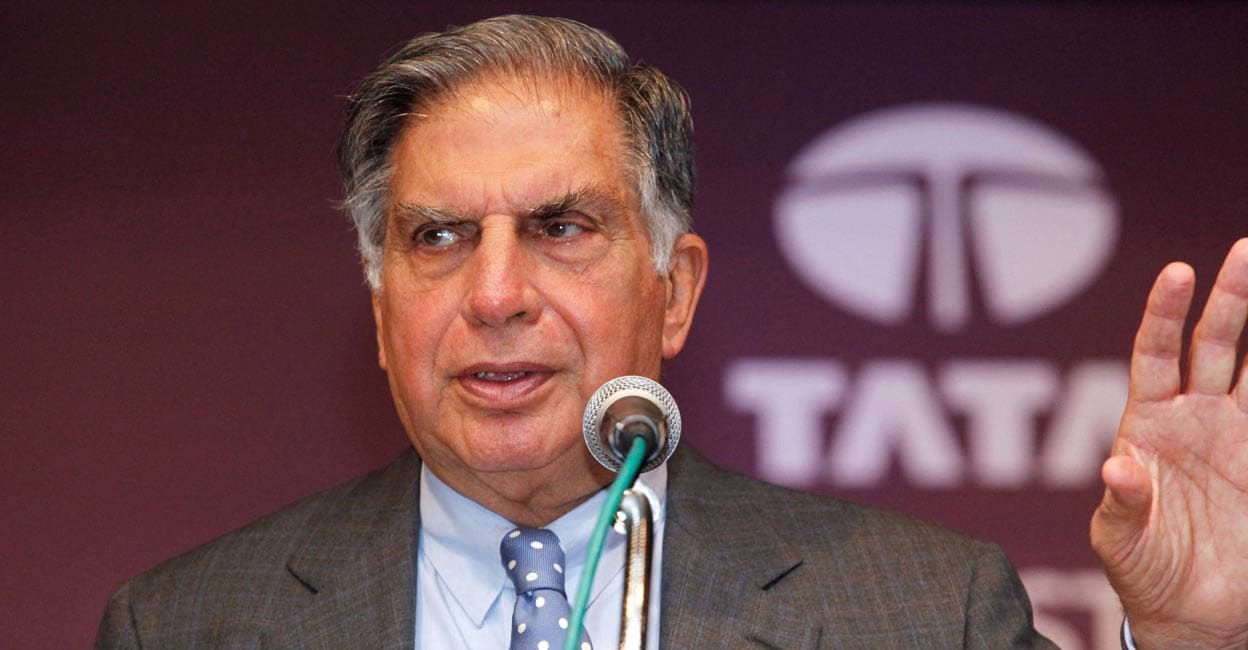
Sky-high fame
Among those who praised the Nano and the Indian people after experiencing the car first-hand were leaders from BMW, Nissan, and General Motors. When I drove it, I understood their astonishment. Having test-driven nearly every car produced in India, I found the Nano to be one of those rare vehicles that genuinely surprised me. Its driveability rivals any car on the market, and its pickup exceeded my expectations.
At the time of its launch, the Nano featured better safety systems than many other small cars available in the country. Contrary to the fears of many, the Nano isn’t a vehicle that crumbles in a crash; it successfully passed crash tests and is equipped with crumple zones, a reinforced passenger compartment, and safety armour.
Many believe the Nano could make a comeback in a new form, and that possibility remains. Interestingly, one of the vehicles Ratan Tata himself drove was an electric prototype of the Nano.
The spring of Geneva
In the spring of 2011, I had the privilege of experiencing Ratan Tata's remarkable simplicity during my trip to the Geneva Auto Show. Arriving with a small media group to showcase the international prototypes of the Nano, Ratan Tata engaged warmly with everyone around him. We shared meals together, and he chose to stay in a modest hotel, eschewing luxury. Dressed in a standard business suit, he even travelled alongside us in a mini bus.
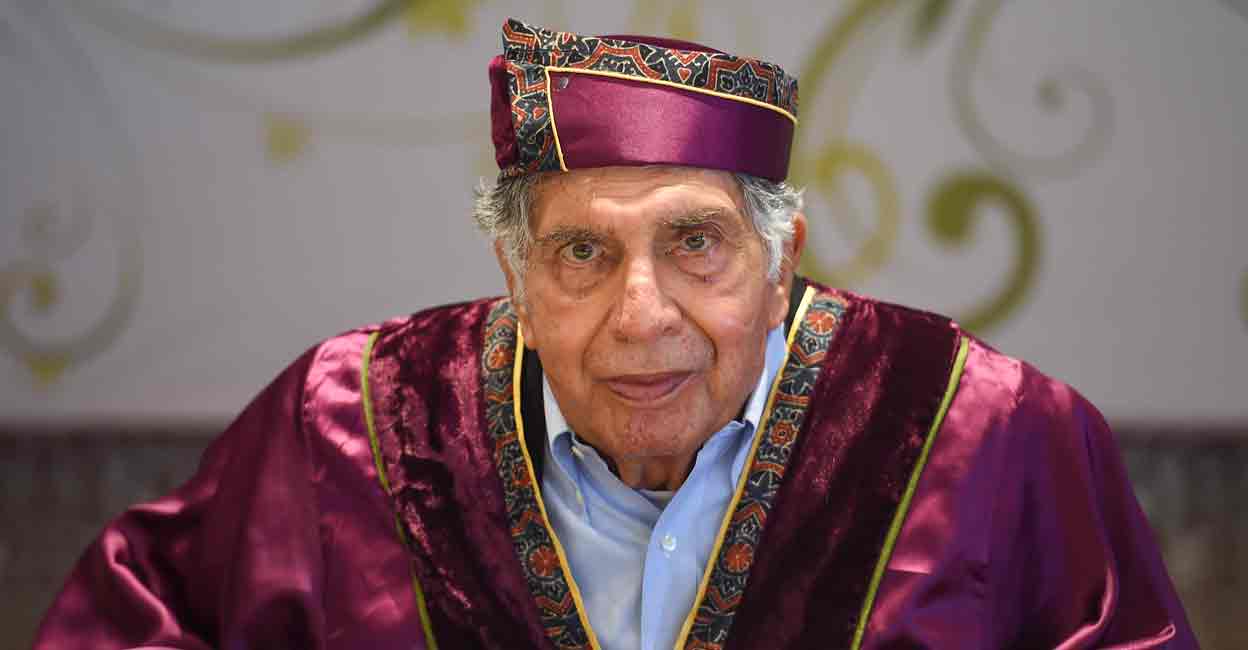
Can a person at the helm of an organisation with a turnover exceeding the annual budget of many countries truly be so simple? My mind suddenly filled with nauseating images of wealthy individuals flaunting gold-plated private jets and extravagant bathroom fittings.
Simplicity and sincerity in relationships
The meeting in Geneva took place years after the launch of the Tata Indica. Reflecting on that moment, Ratan Tata recalled, "It was the most exciting moment of my life at Pragati Maidan. It represented the culmination of immense effort that began in the studios of Italy's design experts at IDEA and continued at the factory in Pune."
I witnessed Ratan Tata's enthusiasm once more at Pragati Maidan during the launch of the Tata Nano in 2008. The last time I saw him was in 2011 in Geneva, and for some reason, I haven’t crossed paths with him since. Yet, throughout this time, Ratan Tata has exemplified simplicity and sincerity in his relationships. When I hesitantly requested an introduction to Test Drive, a book authored about vehicles, he graciously wrote it in just one day and sent it back to me with his signature.
Years later, in January 2014, my last personal interaction with Ratan Tata came in the form of a letter of appreciation for an article I wrote for Manorama following the death of Tata Motors' MD, Karl Slym. The article, which highlighted several of his connections to Kerala, including Karl Slym's reminiscence about being a Malayali named Ramakrishna in a previous life as per Nadi astrology. This translation was shared among Tata's senior management team, presumably under Ratan Tata's specific instructions.


